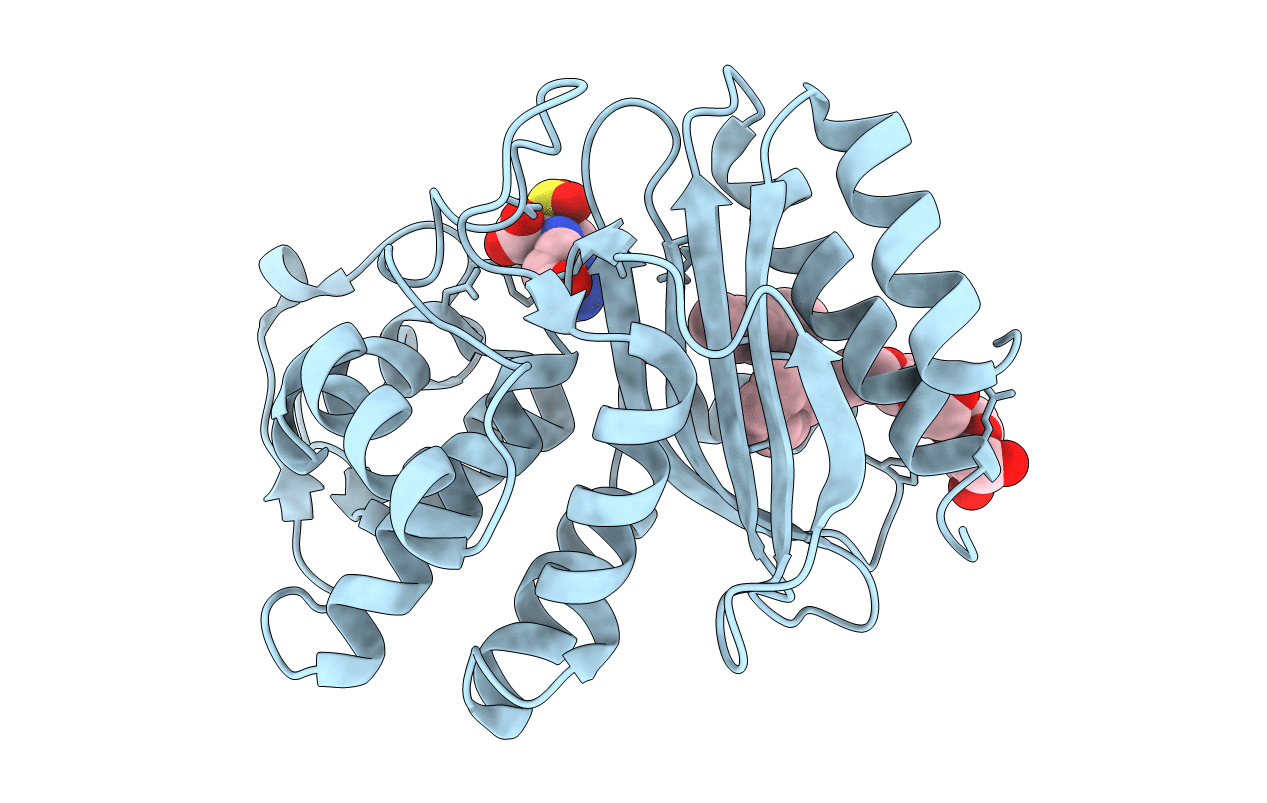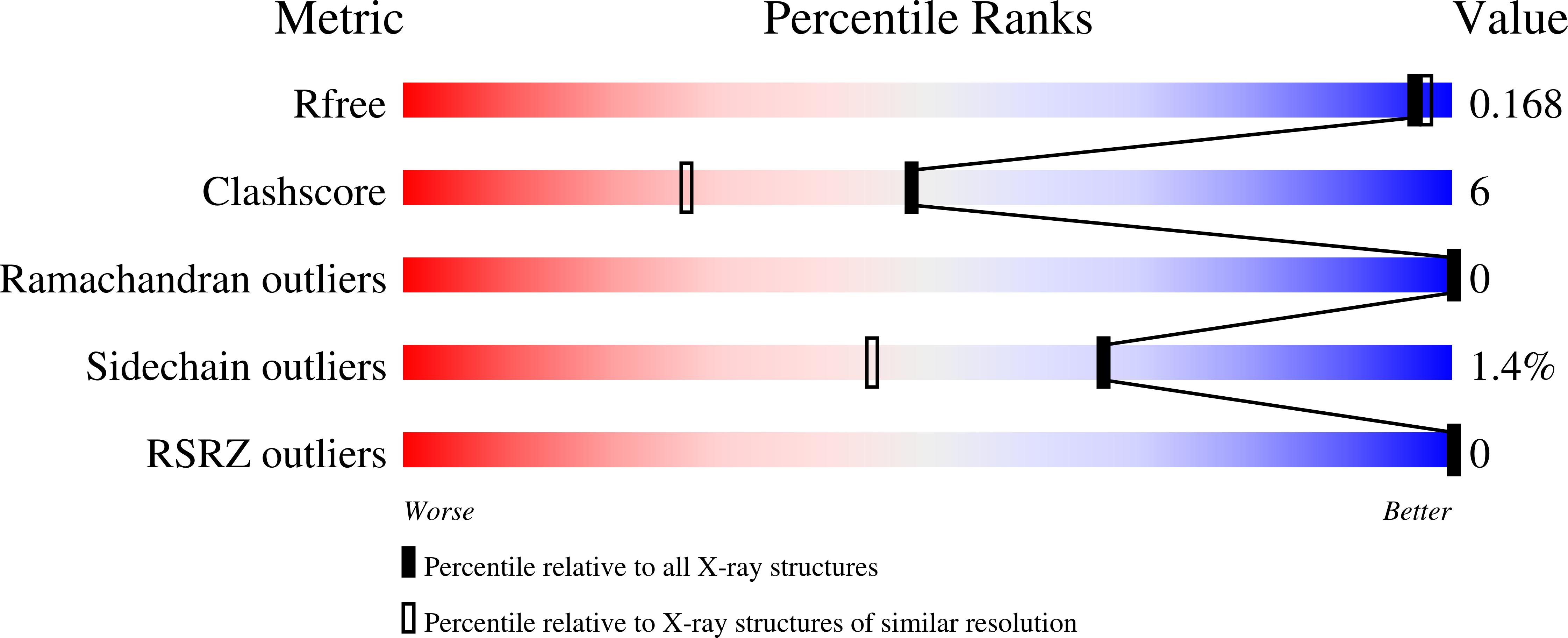
Deposition Date
2003-11-04
Release Date
2004-02-17
Last Version Date
2024-11-13
Entry Detail
PDB ID:
1RCJ
Keywords:
Title:
Crystal structure of E166A mutant of SHV-1 beta-lactamase with the trans-enamine intermediate of tazobactam
Biological Source:
Source Organism:
Klebsiella pneumoniae (Taxon ID: 573)
Host Organism:
Method Details:
Experimental Method:
Resolution:
1.63 Å
R-Value Free:
0.17
R-Value Work:
0.14
Space Group:
P 21 21 21


